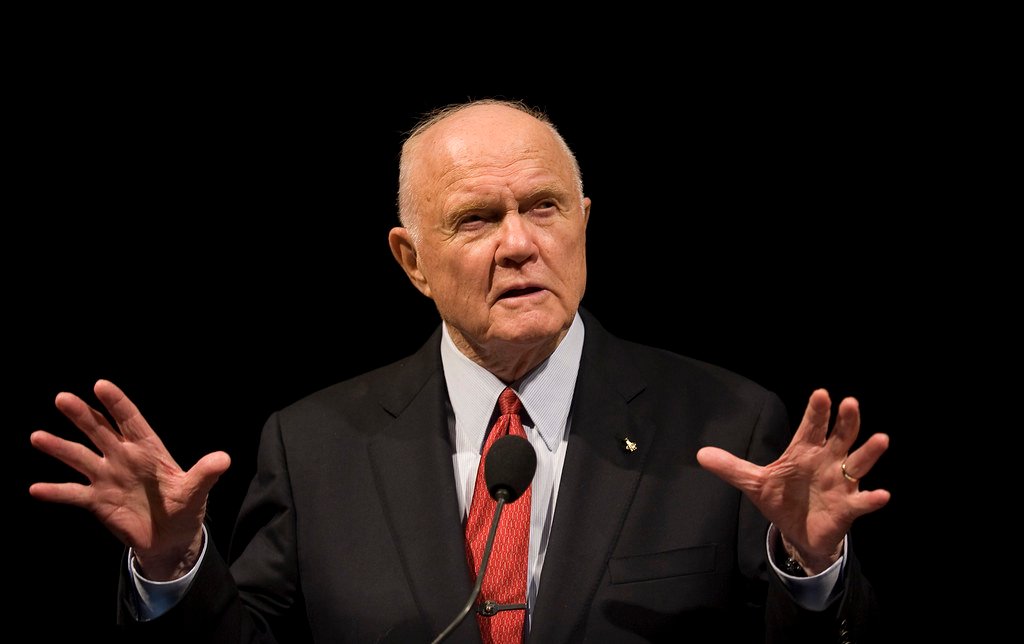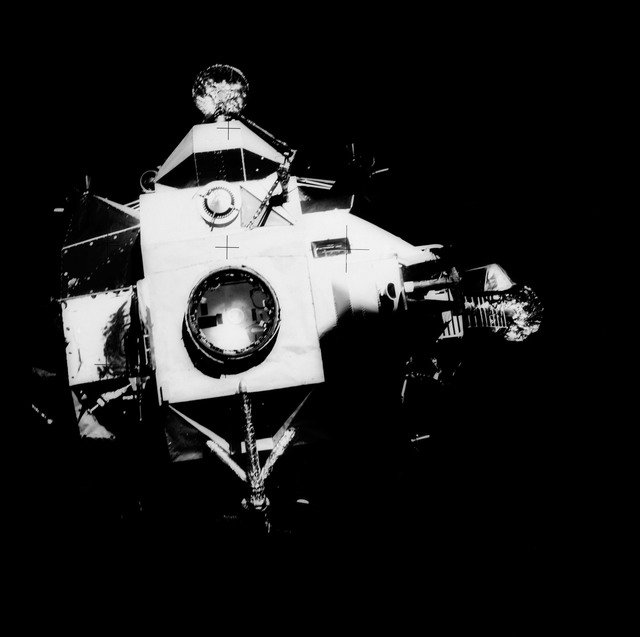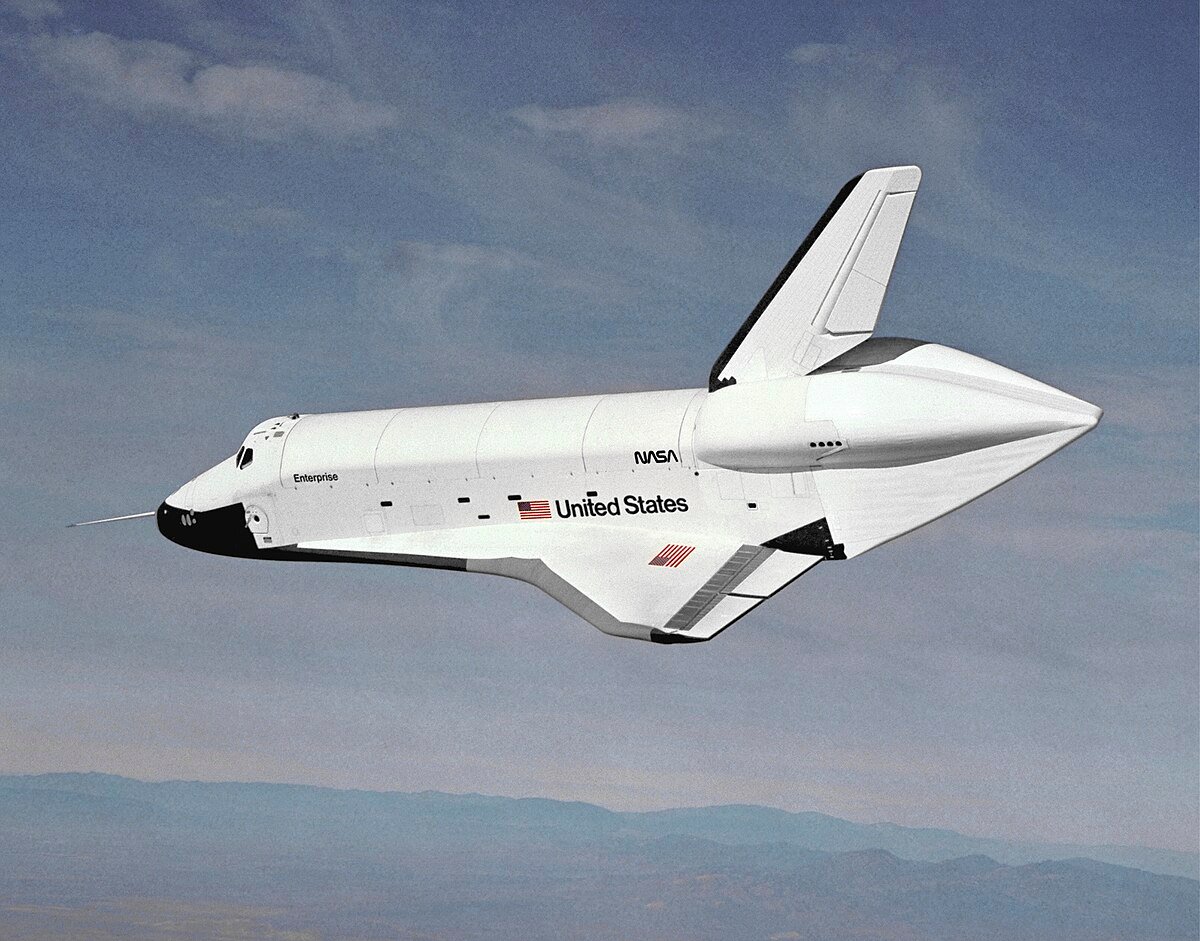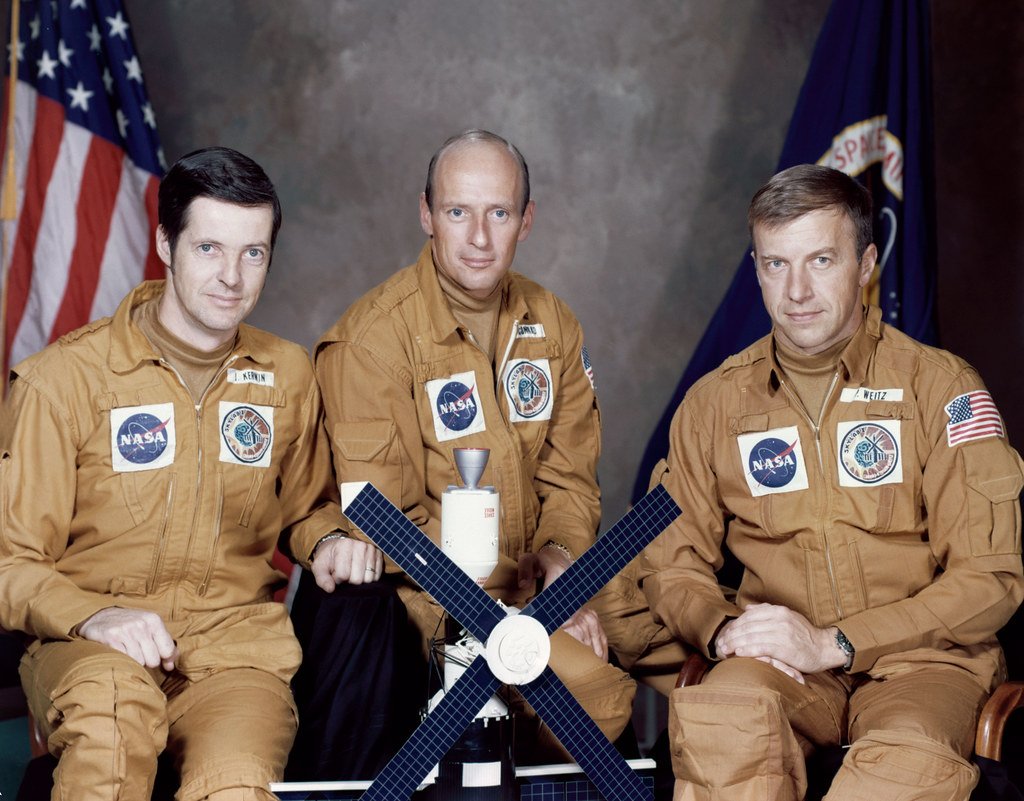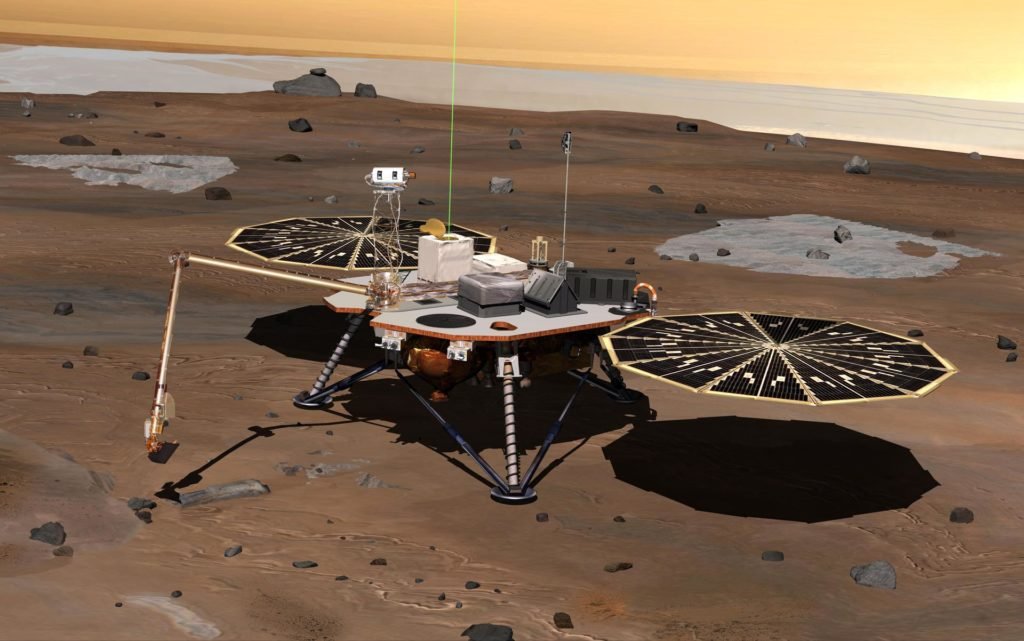The Apollo 13 mission, a pivotal chapter in NASA’s historic Apollo Program and the broader American Space Program stands as an enduring testament to human ingenuity, teamwork, and resilience in the face of adversity. Launched in April 1970, Apollo 13 was intended to be NASA’s third lunar landing, following in the footsteps of Apollo 11 and Apollo 12. However, what was initially planned as a routine space expedition took a dramatic turn, captivating the world’s attention and demonstrating the remarkable capabilities of astronauts and mission control personnel.
Apollo 13’s mission had all the hallmarks of the era’s space exploration enthusiasm, to land astronauts James A. Lovell Jr., John L. Swigert Jr., and Fred W. Haise Jr. on the moon’s surface. It was poised to expand humanity’s understanding of our celestial neighbor and mark another triumphant milestone for the Apollo Program.
However, just two days into their journey, a catastrophic oxygen tank explosion in the spacecraft’s service module plunged the mission into jeopardy, leaving the crew’s lives hanging in the balance.
In the face of this life-threatening crisis, NASA and the astronauts aboard Apollo 13 executed a series of critical maneuvers, making innovative use of the limited resources available to them. This daring rescue mission, documented meticulously in history, showcased the extraordinary capabilities of the human mind and spirit. It also fundamentally altered the trajectory of the Apollo Program and the broader Space Program, prompting vital safety improvements and ensuring that the quest for knowledge beyond our planet continued with ever-increasing determination. In this narrative, we delve into the gripping saga of Apollo 13, a defining moment in NASA’s ongoing pursuit of the cosmos.
Table of Contents
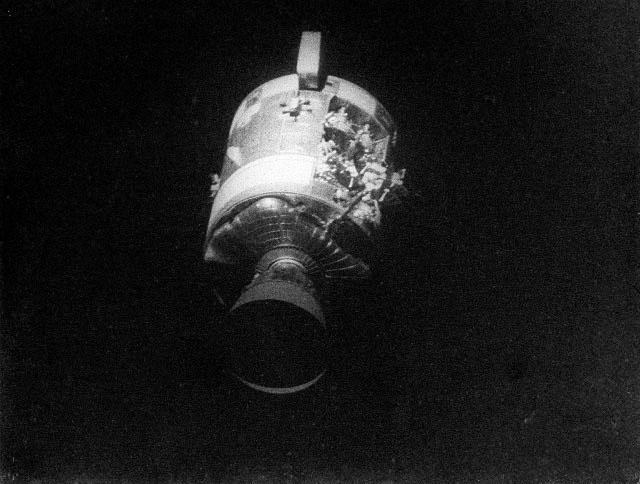
How did Apollo 13 use the Moon to get home?
Apollo 13 used the Moon’s gravitational influence to execute a “free return trajectory,” a critical maneuver that was pivotal in getting the spacecraft and its crew safely back to Earth. After the catastrophic oxygen tank explosion forced the mission to be aborted, the spacecraft was on a trajectory that would take it behind the Moon.
The lunar module’s descent engine was fired to adjust its speed and course by carefully timing a crucial engine burn. This burn allowed Apollo 13 to “slingshot” around the Moon’s gravitational field, altering its path and ensuring it would loop back towards Earth without excessive engine power or fuel.
This ingenious use of the Moon’s gravity acted as a celestial assist, effectively saving fuel and ensuring a safe return trajectory. With this maneuver, the mission would have avoided significantly more significant challenges, possibly requiring excessive fuel consumption or jeopardizing the crew’s survival. The Moon became an unexpected ally in the crew’s journey back home, showcasing the value of precise orbital mechanics and the expertise of the astronauts and mission control.
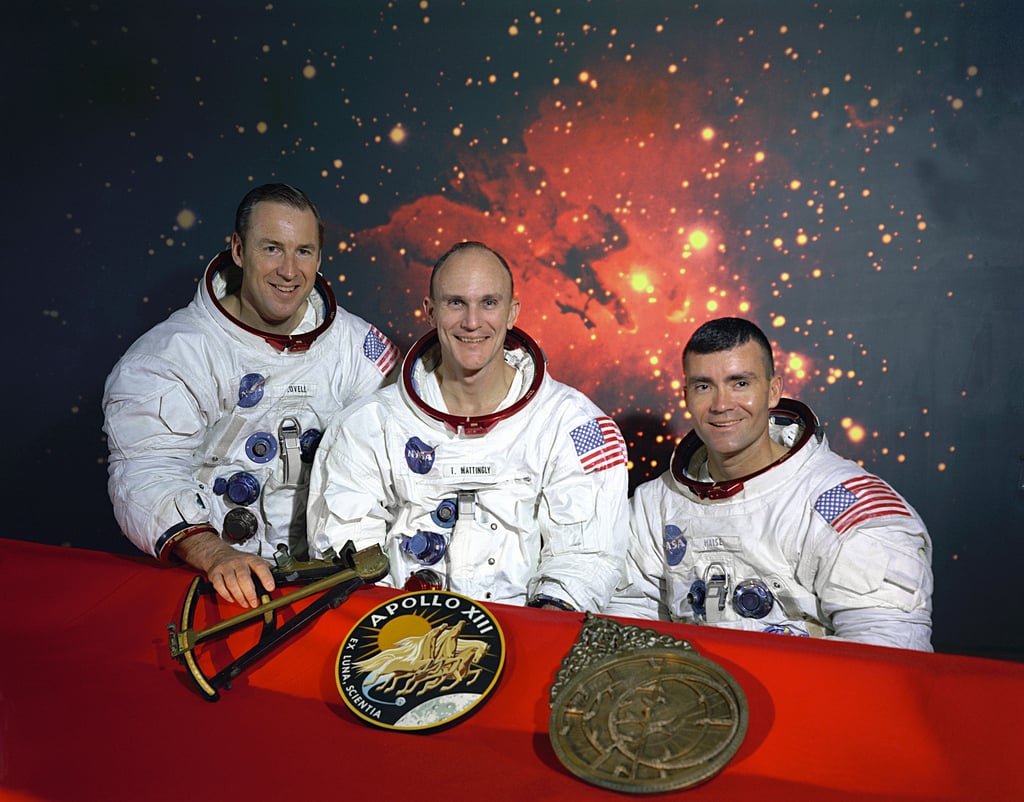
How long did the Apollo 13 crew go without sleep?
The Apollo 13 crew endured a sleep-deprived ordeal during their ill-fated mission. After the explosion in the service module on April 13, 1970, the original mission plan had to be abandoned. The crew, consisting of James A. Lovell Jr., John L. Swigert Jr., and Fred W. Haise Jr., faced numerous challenges requiring constant attention and problem-solving abilities.
For a significant portion of the mission, the astronauts had to stay awake, managing the limited resources and navigating their spacecraft back to Earth. They had to make critical decisions, perform manual course corrections, and conserve power and supplies. The situation demanded their full engagement, making it impossible to adhere to the usual sleep schedule.
In total, the Apollo 13 crew endured approximately 30 hours of continuous wakefulness during the most critical phases of their mission. Only when they were safely on their trajectory back to Earth could they finally get some rest, catching a few hours of sleep before their re-entry and splashdown in the Pacific Ocean. Their remarkable ability to stay alert and focused during this sleep-deprived period played a crucial role in their ultimate safe return to Earth.
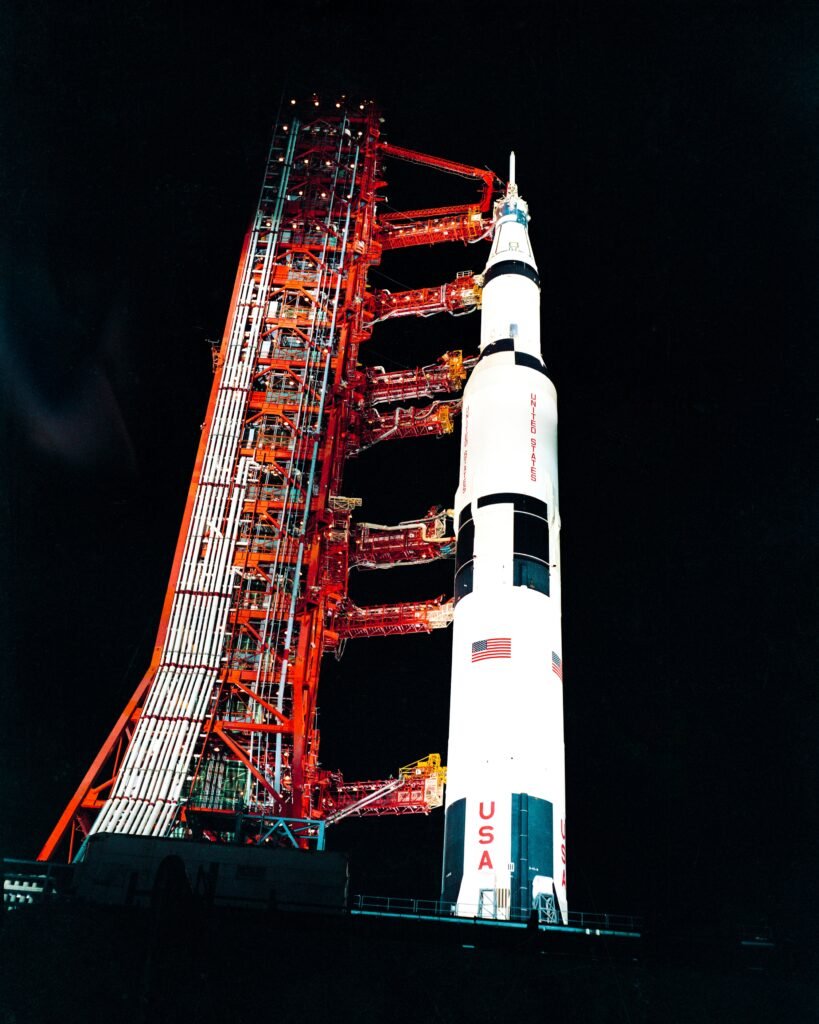
Triumph Amidst Crisis
The safe return of the Apollo 13 crew is a remarkable story of teamwork, ingenuity, and determination. On April 11, 1970, Apollo 13 was launched with the intention of landing on the moon. However, two days into the mission, an oxygen tank in the service module exploded, causing a critical failure that jeopardized the lives of the three astronauts on board: James A. Lovell Jr., John L. Swigert Jr., and Fred W. Haise Jr. The explosion forced the mission to be aborted, and the focus shifted to bringing the astronauts safely back to Earth.
Here is a summary of how the Apollo 13 crew returned home:
Emergency Assessment
Following the explosion onboard Apollo 13, the mission control team at NASA’s Manned Spacecraft Center in Houston faced a critical and rapidly evolving situation. In a matter of seconds, their focus shifted from the planned lunar landing to ensuring the safe return of the astronauts, James A. Lovell Jr., John L. Swigert Jr., and Fred W. Haise Jr., who were now in grave danger.
The immediate assessment revealed that the critical propulsion and life support service module had been severely damaged. With limited resources, power, and oxygen remaining, it was evident that the original mission objectives were no longer attainable. This realization triggered a Herculean effort to devise a new plan that prioritized the crew’s survival.
Over several tense days, the ground control team worked tirelessly to determine whether astronauts had to stay awake to use the lunar module as a lifeboat, conserve vital resources, navigate the spacecraft back to Earth, and address the challenges that arose. Their rapid response and adaptability in the face of adversity played a pivotal role in ensuring the safe return of Apollo 13, a testament to the skill, determination, and unwavering commitment of astronauts and mission control personnel during one of NASA’s most challenging missions.
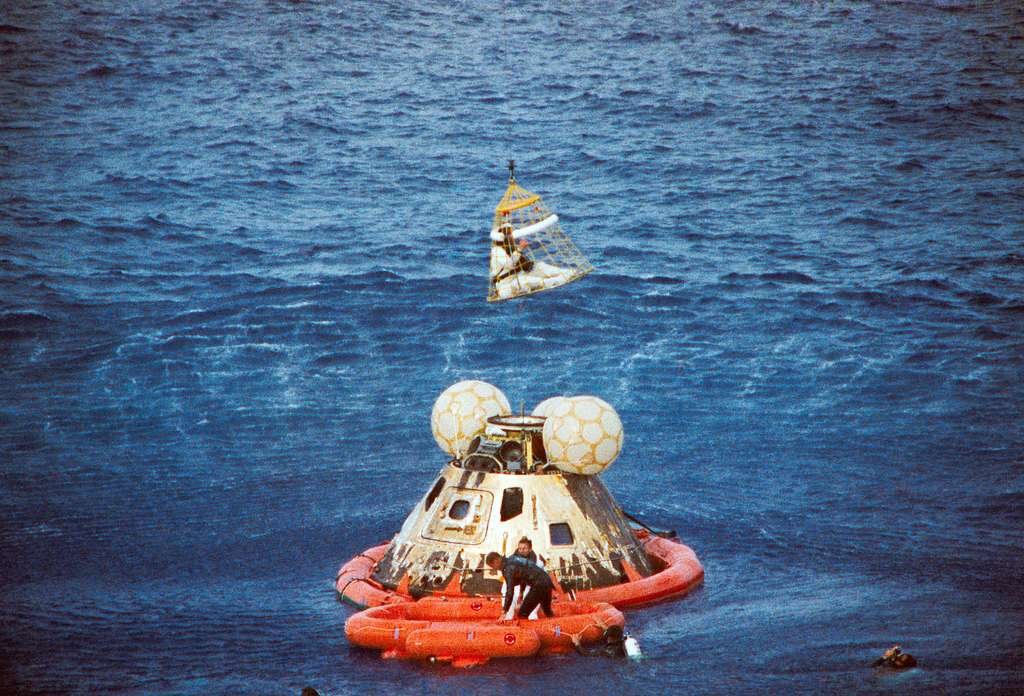
Lifeboat Procedures
The lunar module, “Aquarius,” played a pivotal role in ensuring the survival of the Apollo 13 crew during their harrowing journey back to Earth. Following the catastrophic explosion in the service module, “Aquarius” became their sanctuary, their lifeboat in the unforgiving expanse of space. This crucial spacecraft component was originally designed for a lunar landing mission but now served a different purpose.
“Aquarius” boasted its own self-contained life support systems, including oxygen tanks and environmental controls, which allowed the crew to breathe and maintain a habitable environment. It also had its own power supply, generated by fuel cells, ensuring vital electrical functions remained operational. Moreover, the lunar module’s propulsion system was instrumental in making the critical course corrections needed to align their trajectory with Earth’s atmosphere for a safe re-entry.
In contrast, the “Odyssey” command module was primarily used during the early part of the mission, but its systems were compromised by the explosion. It was ultimately reserved for re-entry into Earth’s atmosphere and had no other significant role during the journey back.
The successful adaptation of the lunar module “Aquarius” into a lifeboat exemplified the astronauts’ resourcefulness and NASA’s commitment to bringing their crew safely home, making it one of the most iconic instances of improvisation and innovation in the history of space exploration.
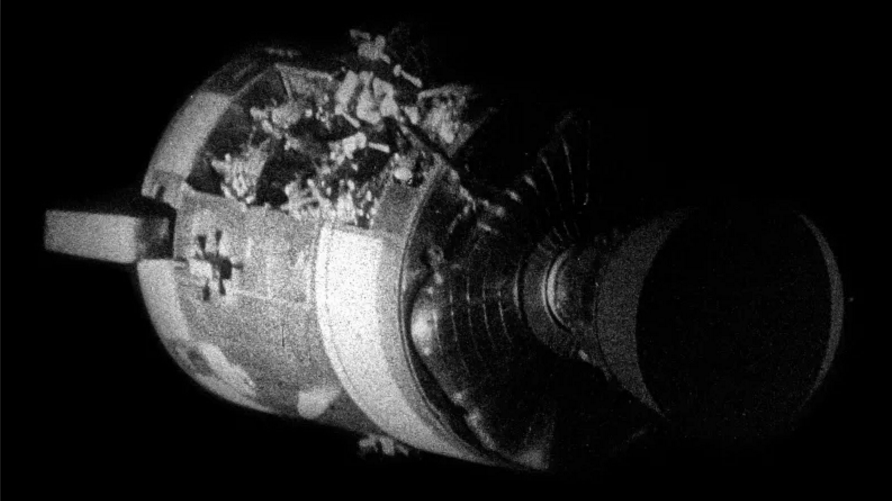
Oxygen Conservation
In the wake of the catastrophic oxygen tank explosion that crippled their spacecraft, the Apollo 13 crew faced a daunting challenge: surviving with severely limited resources. With their primary spacecraft, the command module “Odyssey,” rendered inoperable, they had to rely on the lunar module “Aquarius” as a makeshift lifeboat.
Conservation became paramount to their survival. To extend their limited oxygen supply, they implemented strict measures, reducing power usage to an absolute minimum. They turned off non-essential systems and dimmed lights to save energy, even enduring chilly temperatures inside the lunar module to conserve precious power.
Water, essential for hydration and life support, was rationed meticulously. They limited their water intake, using it only for necessary hydration and critical systems like removing excess carbon dioxide from the air. Food consumption was also minimized to reduce the metabolic rate, further stretching their available resources.
Remarkably, they repurposed the lunar module’s descent engine for course corrections, even though it was never designed for such use. This improvisation was critical in ensuring they followed the correct trajectory for re-entry into Earth’s atmosphere.
The crew’s resourcefulness, discipline, and adaptability during this dire situation were essential in maximizing their chances of a safe return to Earth. Their ability to make the most of every available resource showcased the indomitable human spirit and NASA’s commitment to safely bringing their astronauts back home.
Navigation
Navigating Apollo 13 back to Earth using the lunar module’s descent engine and gravitational assists was a complex and precise operation. The explosion had thrown the spacecraft off its intended trajectory, making it crucial to perform a series of engine burns to correct their course.
By carefully calculating the thrust and timing of these burns, the crew and ground control worked in tandem to ensure that Apollo 13 would intersect Earth’s atmosphere at just the right angle and speed for safe re-entry. These maneuvers were a testament to the remarkable precision and teamwork required to successfully bring the astronauts back home, highlighting NASA’s space navigation and problem-solving expertise.
Adaptations
The crew and mission control had to make numerous adaptations to account for the damaged spacecraft. This included improvising a system to remove carbon dioxide from the air using spare parts on board.
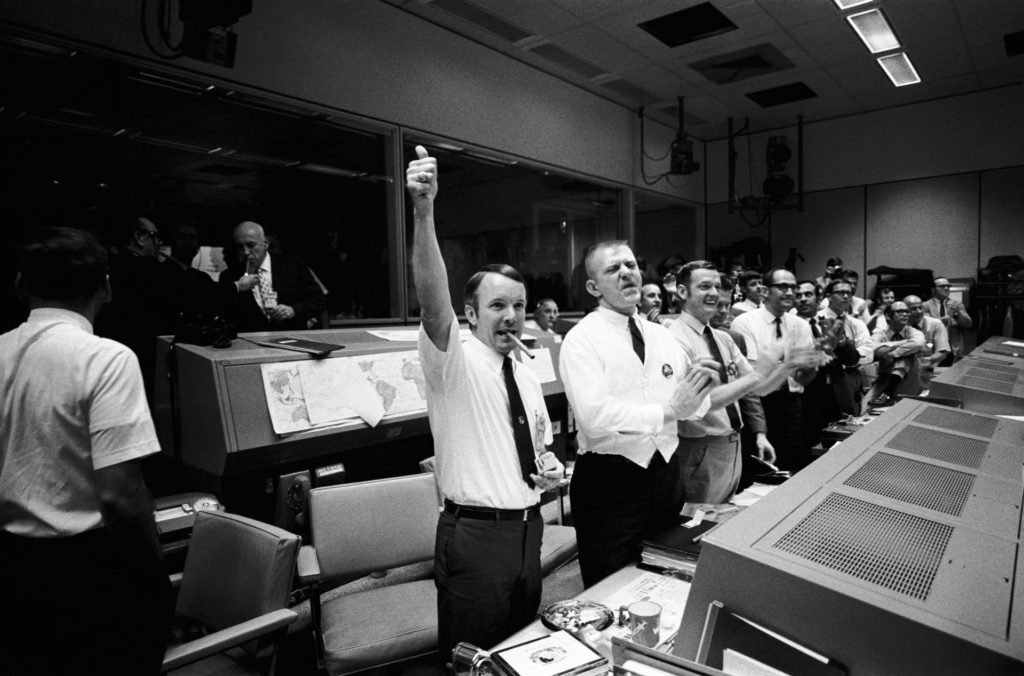
Communication
Maintaining regular contact with mission control was a lifeline for the Apollo 13 crew throughout their harrowing ordeal. The astronauts, despite being stranded in space with a crippled spacecraft, were never truly alone. They transmitted vital status updates to the ground team, detailing their spacecraft’s condition, available resources, and their own well-being. In turn, mission control provided invaluable guidance, offering solutions to the myriad of challenges that arose, from conserving power to improvising CO2 scrubbers.
This collaborative effort between the crew and ground control was nothing short of extraordinary, exemplifying the power of human ingenuity, teamwork, and unwavering dedication in the face of adversity. It was a testament to NASA’s meticulous training and crisis management capabilities, ultimately leading to the safe return of Apollo 13.
Re-Entry
On April 17, 1970, after enduring nearly six harrowing days in the unforgiving expanse of space, Apollo 13 initiated its critical re-entry phase. However, this pivotal moment was not without its challenges. The spacecraft’s guidance system had been compromised due to the explosion that had occurred earlier in the mission, resulting in a significant power drain.
Consequently, the astronauts, James A. Lovell Jr., John L. Swigert Jr., and Fred W. Haise Jr., were forced to rely on manual controls to navigate their way through the Earth’s atmosphere. This added a considerable layer of complexity to an already tense situation, underscoring the crew’s exceptional skill and NASA’s commitment to ensuring their safe return.
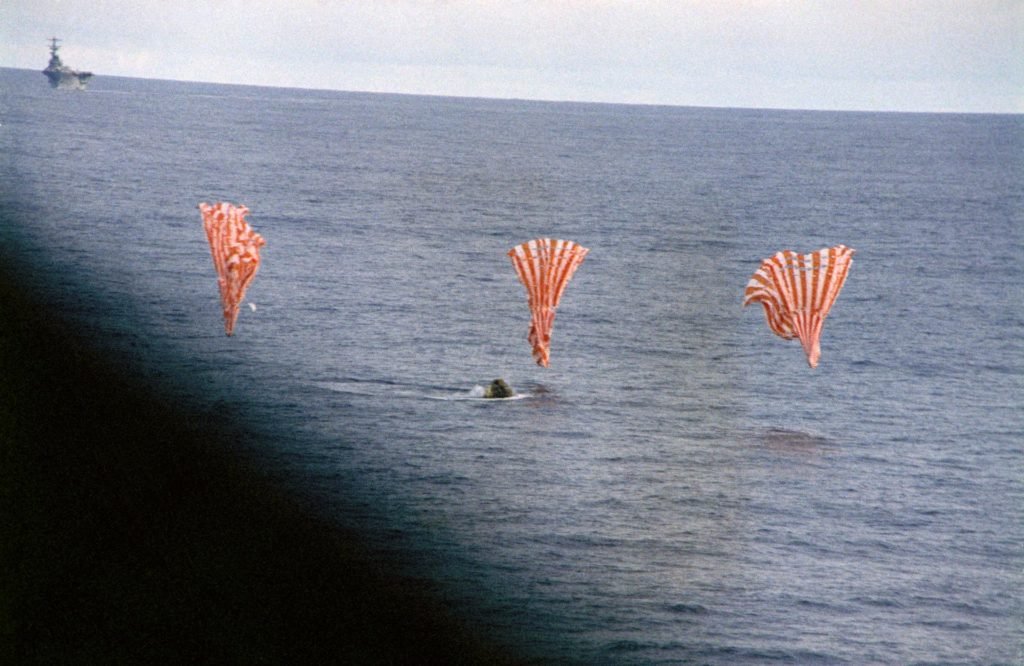
Splashdown
Following their dramatic and heroic journey, the Apollo 13 crew, James A. Lovell Jr., John L. Swigert Jr., and Fred W. Haise Jr., completed their odyssey when their command module, “Odyssey,” successfully splashed down in the Pacific Ocean on April 17, 1970. Their capsule touched down in the South Pacific, near the intended recovery point.
Their safe return was made possible by the dedicated efforts of NASA’s mission control team, who meticulously coordinated every aspect of the mission’s final stages. The USS Iwo Jima, a naval recovery vessel, promptly arrived at the splashdown site. Within hours, all three astronauts were safely recovered, ending one of the most harrowing and inspiring chapters in the history of space exploration. Their resilience, teamwork, and the tireless work of those on the ground ensured their emergence from this ordeal unscathed, and they returned to a hero’s welcome on Earth.
The safe return of the Apollo 13 crew was a testament to the teamwork, innovation, and resourcefulness of the astronauts and the mission control team at NASA. The incident also improved spacecraft design and procedures to enhance crew safety on future missions. The phrase “Failure is not an option,” attributed to flight director Gene Kranz, reflects the determination and commitment that helped bring the crew of Apollo 13 home safely.




